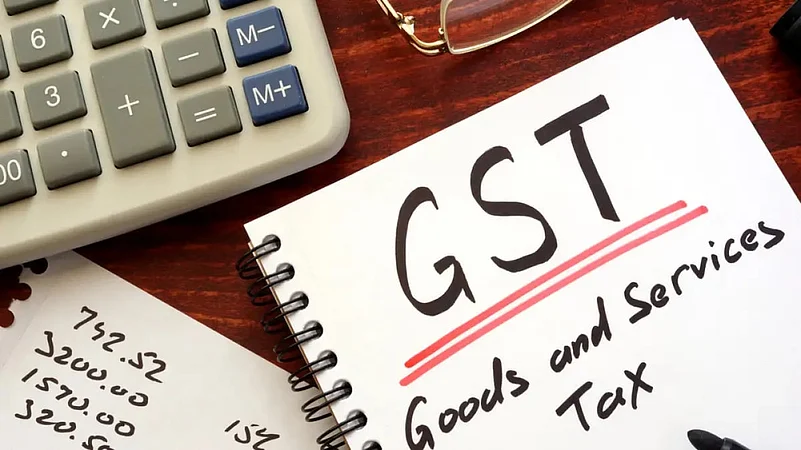Getting a GST registration isn't optional once your business or services hit certain revenue figures. If you're selling goods, you generally have to register once your sales cross Rs 40 lakh in most places. But if your business is in one of those "special category" states, like many in the North-East or hilly areas, that limit drops to Rs 20 lakh. For folks providing services, the general rule is Rs 20 lakh, and again, Rs 10 lakh if you're in those special category states.
Now, here's the kicker: some businesses have to register for GST no matter what their turnover is. “This includes anyone selling goods or services across state lines, e-commerce platforms, those temporary 'casual taxable persons,' and businesses where the reverse charge mechanism applies. Seriously, don't ignore this; not registering when you're supposed to can lead to some pretty hefty fines – think a percentage of the tax you should have paid, or a fixed monetary penalty, whichever is bigger,” says Amit Bansal, partner, Singhania & Co.
What You'll Need To Get Your GST Registration Done
So, your sales have crossed the mark, and it's time to get registered. “For GST registration, you need documents like a company PAN card, proof of business constitution, identity including PAN and Aadhaar and address proof of director or proprietor who would be an authorised signatory, address proof of the business, bank account details, digital signature (for companies and LLPs), etc,” says Jain.
The proof of business address could be a utility bill, a property tax receipt, or, if you're renting, your lease or rent agreement. And of course, bank details are crucial – usually, a canceled cheque or a bank statement will do the trick.
“Beyond that, what else you need depends on how your business is set up. If it's a partnership, you'll need the partnership deed. For companies, it's the incorporation certificate. And if someone other than the actual owner is going to be signing off on things, you'll need an authorization letter or a board resolution to show they have the authority,” says Bansal.
Step-By-Step Guide To Filing GST
Go to the GST site (gst.gov.in) and click “Register Now.”
In the first part, you give your PAN, business name, mobile number, and email. You’ll get OTPs.
After OTP verification, you get a code called TRN. Save it.
Use that TRN to log in again and finish the second part of the form.
You’ll have to enter your business address, what you do, bank details, and add any partners.
Upload documents — PAN, Aadhaar, a photo, address proof (like a rent agreement or electricity bill), and a bank statement or cancelled cheque.
Once done, confirm your identity using Aadhaar OTP.
You’ll get an application number. If everything checks out, your GST number comes in about a week.
Applying Online And How Long It Takes
The good news is, getting your GST registration is an all-digital affair; you do it right on the official GST portal, www.gst.gov.in. You kick things off by filling out a super simple online form with your PAN, mobile number, and email. That gets you a Temporary Reference Number (TRN).
Once you have that TRN, you log back in to fill out the more detailed application, upload all those documents we just talked about, and here's a tip: try to use Aadhaar-based e-verification. If that goes smoothly, you can often get your registration approved in just three business days. If you skip the Aadhaar verification, though, the department might want to do a physical check, which can stretch the whole process out to seven to 10 days.
How To Avoid Delays
To make things as smooth as possible and avoid unnecessary headaches, double-check that all your documents are scanned clearly and that the information on them matches what the government has on file. “Seriously, use that Aadhaar-based verification for a quicker process. And one more thing: try not to wait until the last minute of the financial year or quarter to apply. Those periods are always crazy busy, and the department tends to scrutinize applications more closely,” says Bansal.
Agrees Deepak Kumar Jain, Founder and CEO of TaxManager.in, a tax advisory. “To avoid the administrative hassles, ensure complete and accurate documentation is provided alongside opting for Aadhaar-based authentication. Points to take care of at the time of registration are to choose the proper business category and codes matching your business nature.”










